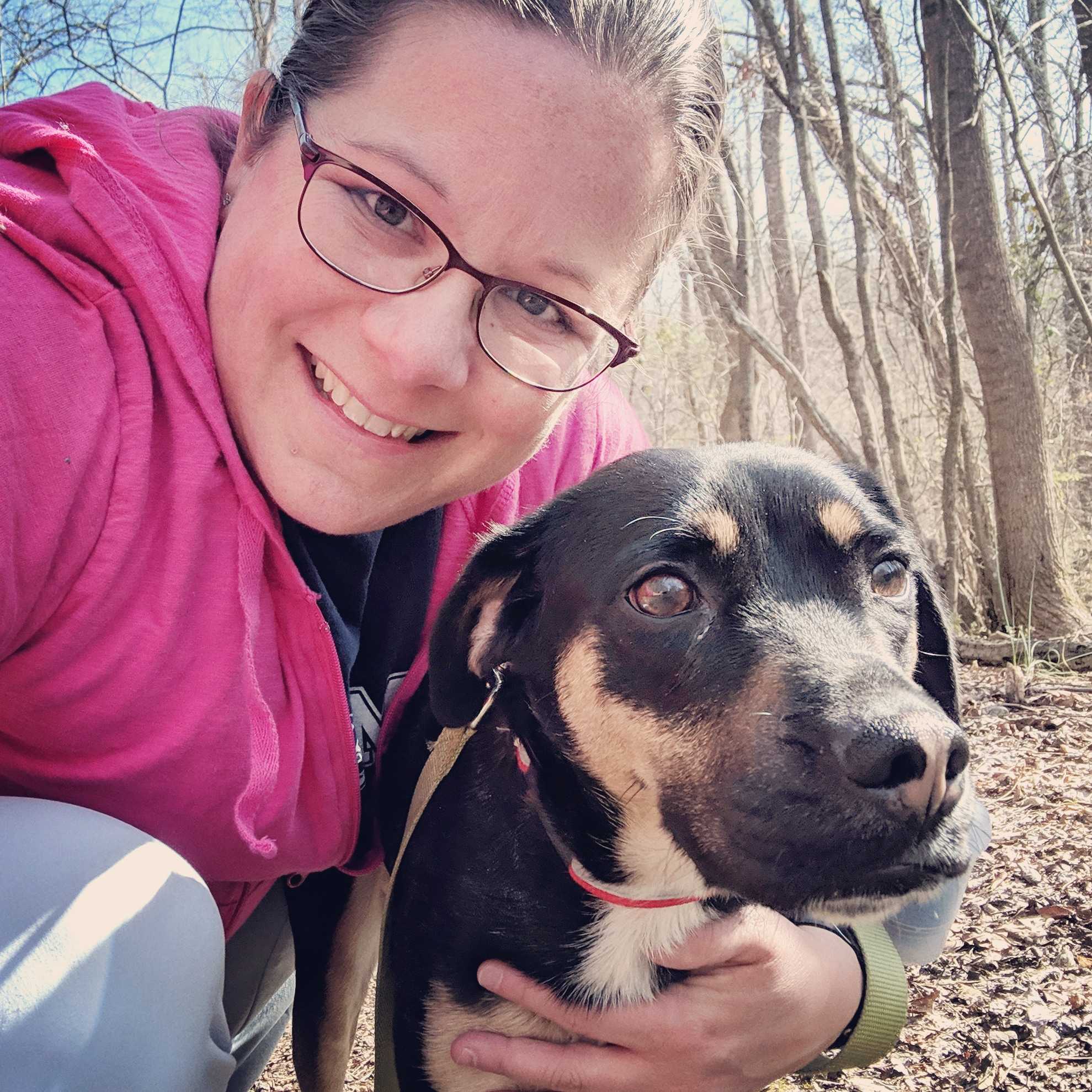How to handle dog aggression: Vet solves 5 common behavioral problems
If you’re wondering how to handle dog aggression, you’re not alone. We spoke to a vet about five common behavioral problems and what you can do to help manage them.
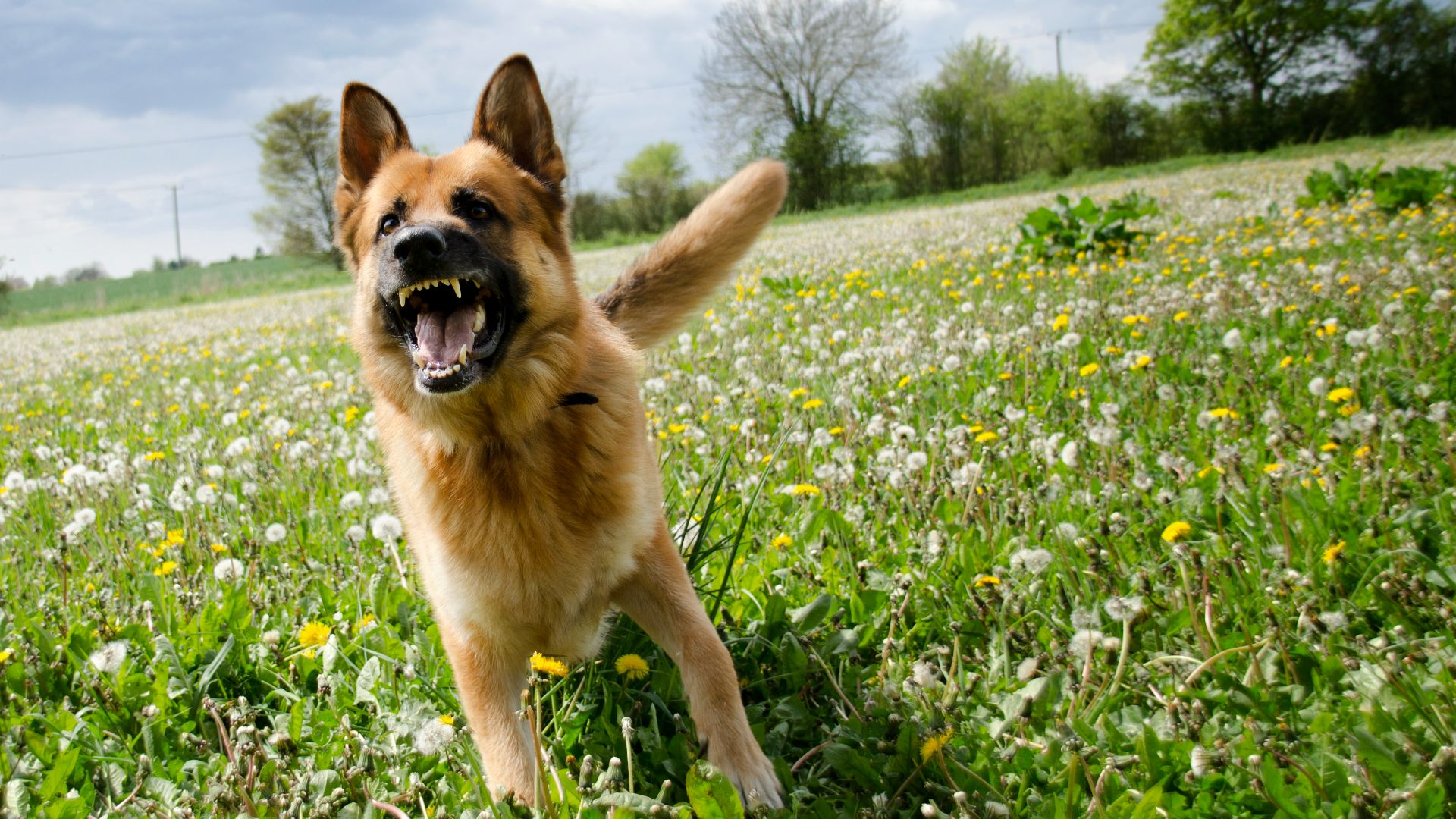
Knowing how to handle dog aggression is vital when navigating challenging behaviors. We know it can be frustrating and overwhelming when you’re in the thick of dealing with these behaviors. That’s why vet, Dr. Catherine Barnette, has laid out five common behavioral problems and given us some tips and tricks on how to reduce them.
You may see aggressive behaviors in your pup while on walks, towards other dogs, or chewing on household items even when you’ve supplied your dog with the best dog toys. Luckily, there are some simple things you can do to minimize these behaviors. Let’s check them out and find out why aggression in dogs might be happening in the first place.
Why do dogs act aggressively?
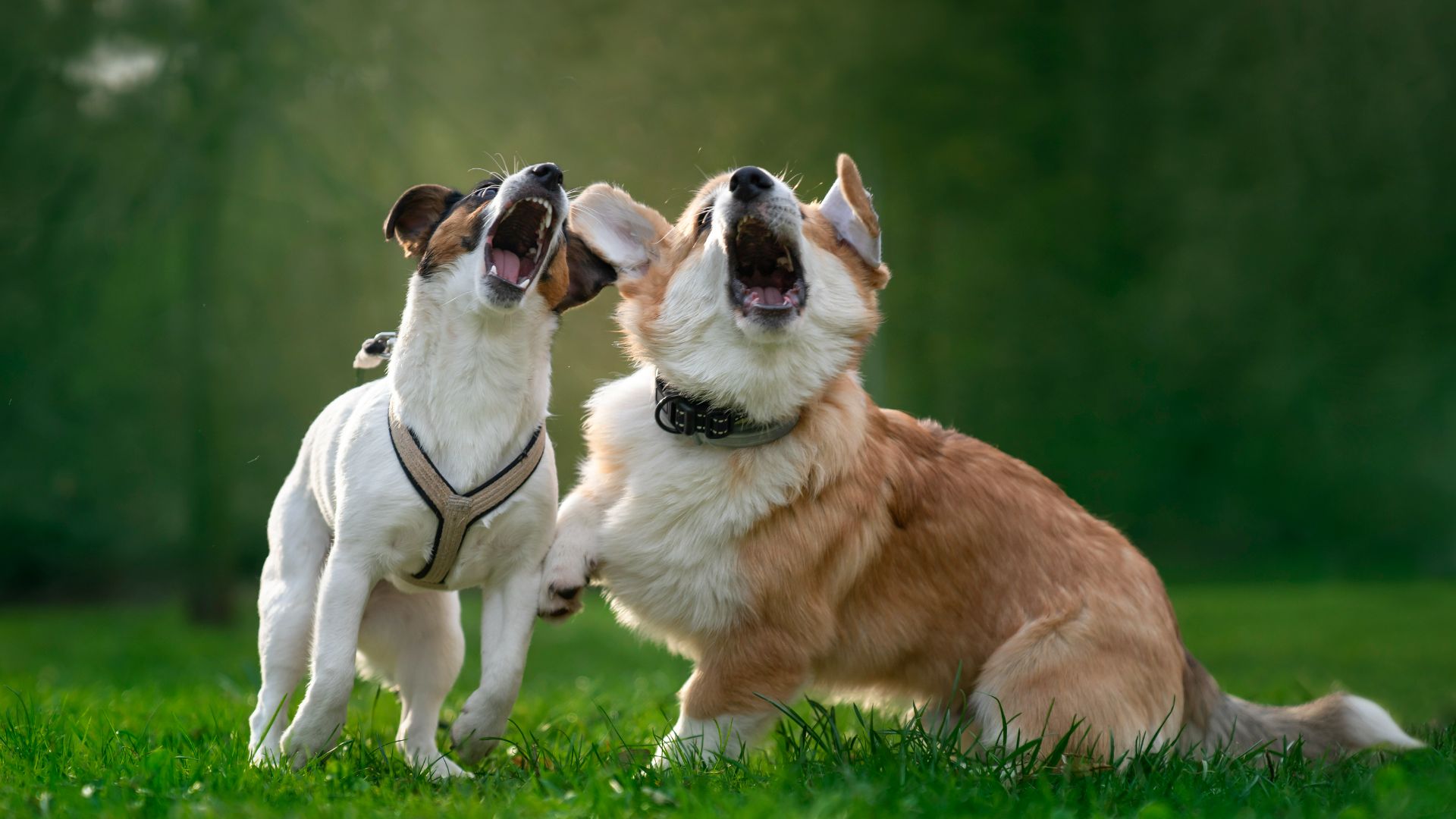
There are many possible triggers that may contribute to aggression in dogs. Some dogs are aggressive in a wide variety of contexts, while other dogs show aggression only in a specific set of circumstances.
In general, the possible triggers of aggression in dogs can be divided into five categories: fear, possessiveness, frustration, dominance, and pain/illness.
Fear
Fear is a common cause of aggression in dogs. Have you ever heard the phrase “fight or flight response?” When your dog is scared, they have two options - run away or stick around and fight.
While many dogs prefer to flee, aggression can arise if your dog feels trapped in a fear-inducing situation. Fear aggression is most common in a dog that feels cornered.
Possessive behavior
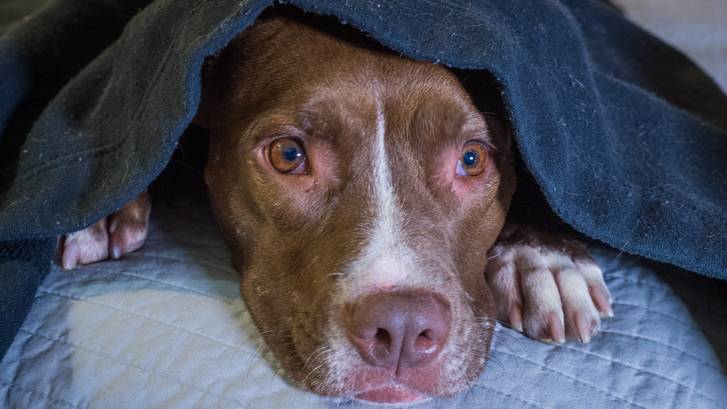
Possessive behavior can also trigger aggression. If your dog feels strongly about protecting their food, treats, toys, resting places, home, or even family members, aggression can arise towards any person or animal that is perceived as a threat to those items.
You can also check out our vet’s guide on handling food aggression in dogs.
Frustration
Frustration can also cause aggression in dogs. Think of a dog that is left chained up outside all day, unable to interact with humans and animals that walk by their home. Over time, these dogs can become hyper-aroused, and this excitable state can lead to aggression. Frustration-related aggression can occur not only in chained dogs, but also while dogs are outside on a leash or in a fenced yard.
Dominance
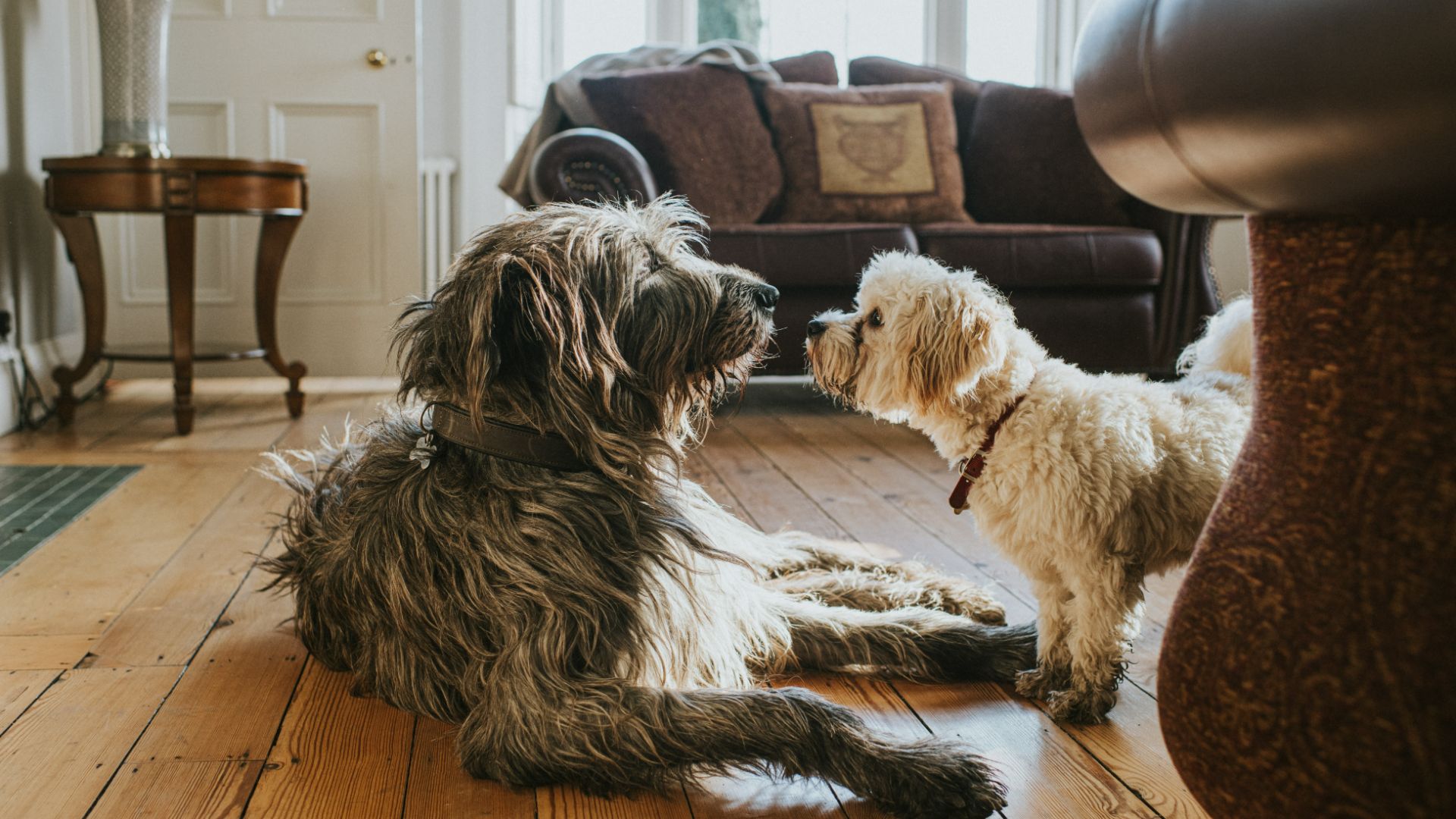
Dominance is an often-discussed cause of aggression in dogs but is less common than you might expect. Dominance aggression occurs when a dog feels that their role in the social hierarchy is being challenged. In this case, they show aggression to retain “top dog” status.
While many dog trainers on television and social media act as if dominance is a common cause of canine aggression, this myth has largely been debunked. Dominance-related aggression affects a relatively limited number of dogs.
Pain/illness
Aggression caused by pain or illness is perhaps the most easy to understand. If you have ever been sick with the flu or had a significant injury, you may have noticed that you were more short-tempered than usual. Dogs can be the same way. Anything that causes your dog to be painful or feel unwell can contribute to aggression.
Understanding these common causes of canine aggression can help provide a framework for thinking about aggression problems that you may be observing in your dog.
Now that you are familiar with the general causes of dog aggression, let’s discuss some specific scenarios and how you can address them.
How to handle dog aggression
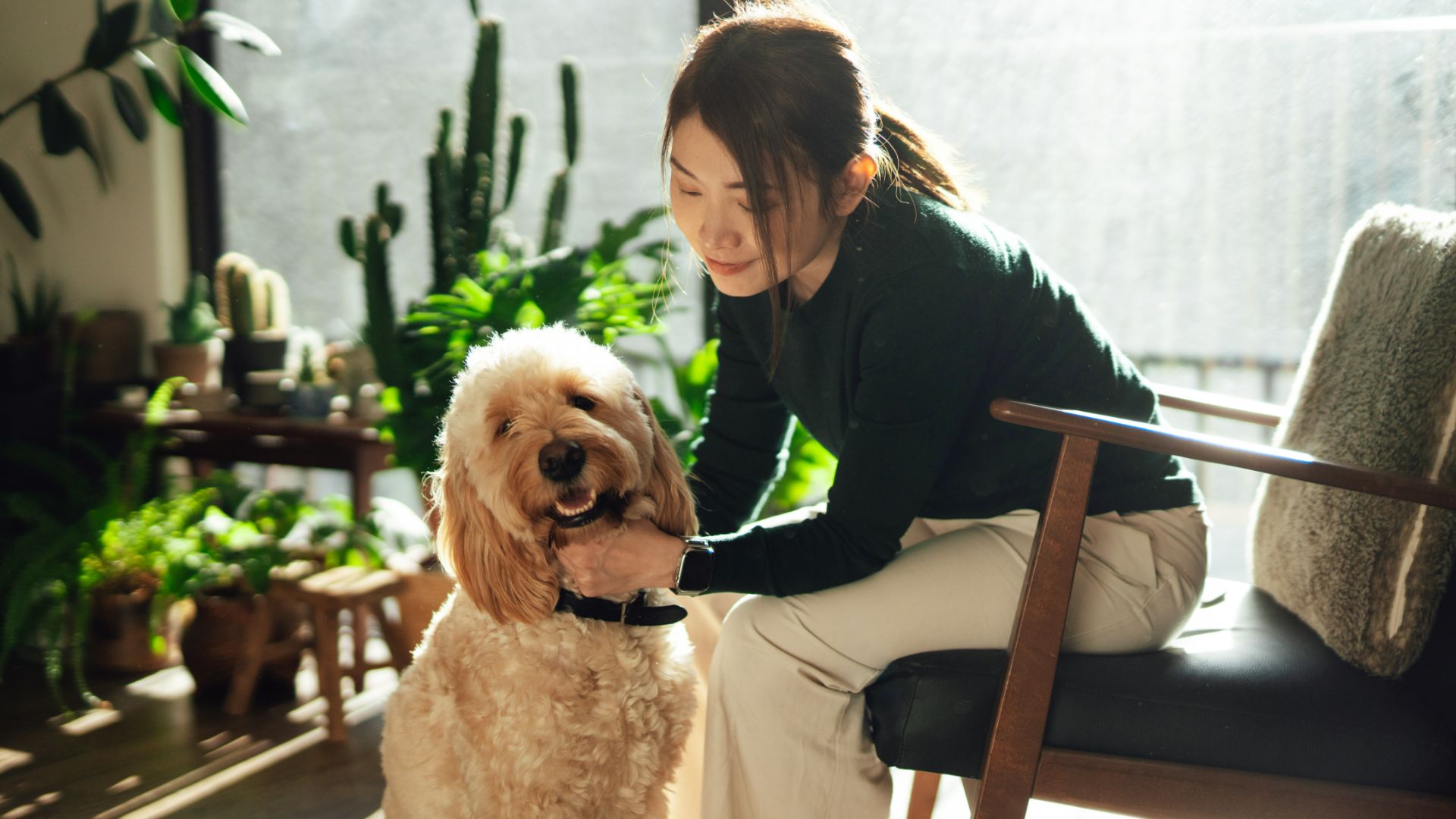
Tackling aggression on walks
Dogs that show aggression on walks will benefit greatly from professional help, especially if it’s a severe case of dog aggression and/or if your dog is difficult for you to control. However, there are steps you can try at home if your dog is mild enough to be controlled and you can do so safely.
First, focus on basic obedience; ensure that your dog is dependably trained to sit, stay, lay down, and come. Work on these commands in a quiet area first, then expand to asking your dog to obey these commands even while distracted.
Once your dog reliably obeys basic obedience commands, you can easily distract your dog when another dog is approaching; your dog can’t bark or lunge at other dogs while he’s sitting quietly and waiting for the best dog treats!
We also highly recommend investing in the best dog harness for pulling and pairing this with treats and other training methods.
Zuke's Mini Naturals Chicken Recipe Training Dog Treats
Packed in a handy resealable pouch, these dog treats are made with real chicken and are soft and easy for pups to tear into. All natural ingredients can put your mind at ease, knowing your dog is getting quality ingredients and a tasty treat they will love.
Now, it’s important to realize that this is not probably going to work when another dog is just five or ten feet away. Instead, start working on this skill when the other dog is far away, using a friend or neighbor to help you create a scenario that sets your dog up for success.
Have your friend stand with their dog at a far distance (for example, at the end of the block), while asking your dog to obey a command. If your dog obeys, give a treat. Then, gradually move closer to the other dog and repeat this process.
Stop for the day once you reach the point where your dog is struggling to obey. After repeating this process for several days, you should gradually progress to a point where your dog is still obedient even when the other dog is standing just across the street. This process requires commitment, but it’s the best way to address dog aggression towards strange dogs.
Aggression towards other dogs in the home
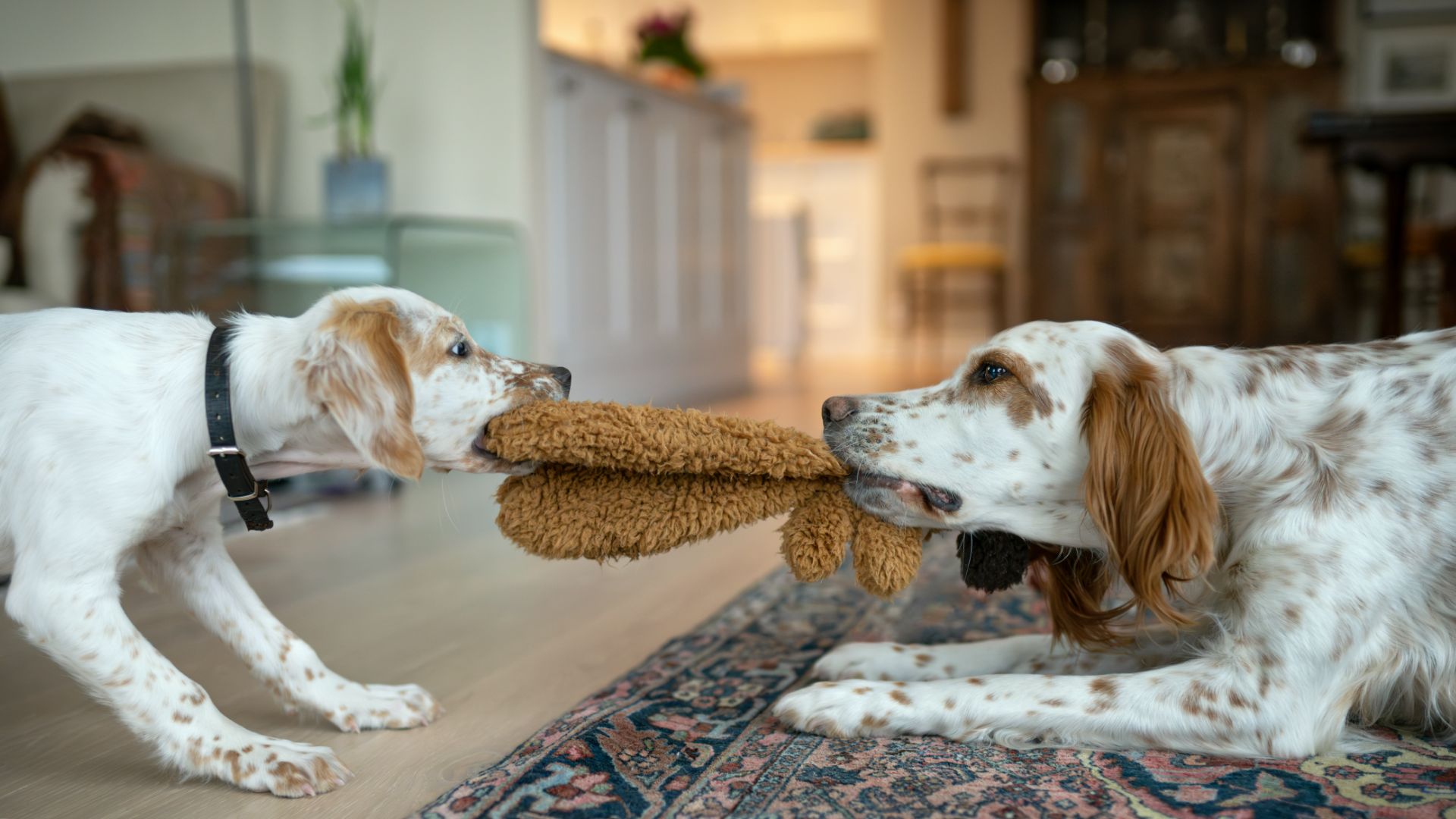
There are two different types of dog aggression: aggression towards dogs outside the home (as described above) and aggression towards other dogs within the home. These two types of aggression differ in their underlying causes and management.
Aggression between housemates is an emergency. Fighting dogs can seriously injure each other. They can also injure you, their owner, if you attempt to intervene in a fight. If your dogs have shown any signs of significant aggression towards each other, take immediate steps to keep them separated at all times to prevent further fights.
Next, talk to your vet about a referral to a veterinary behaviorist who can help you manage this problem (or a high-quality trainer, if a behaviorist is not available in your area). Interdog aggression between housemates is not a problem that you should try to manage alone!
Barking at sounds, people or nothing at all
Dog won’t stop barking? Dogs use barking as a form of communication. Although barking is a normal behavior, it can become irritating if you have a dog that barks all the time! Dogs bark for several reasons, but the most common reasons include territorial or alarm barking (directed at possible intruders) and attention-seeking.
The easiest way to manage territorial barking is to limit your dog’s ability to see what’s going on outside. This may be as simple as closing blinds or curtains on the front of your house, or you may need to buy the best dog crate you can find that features a cover.
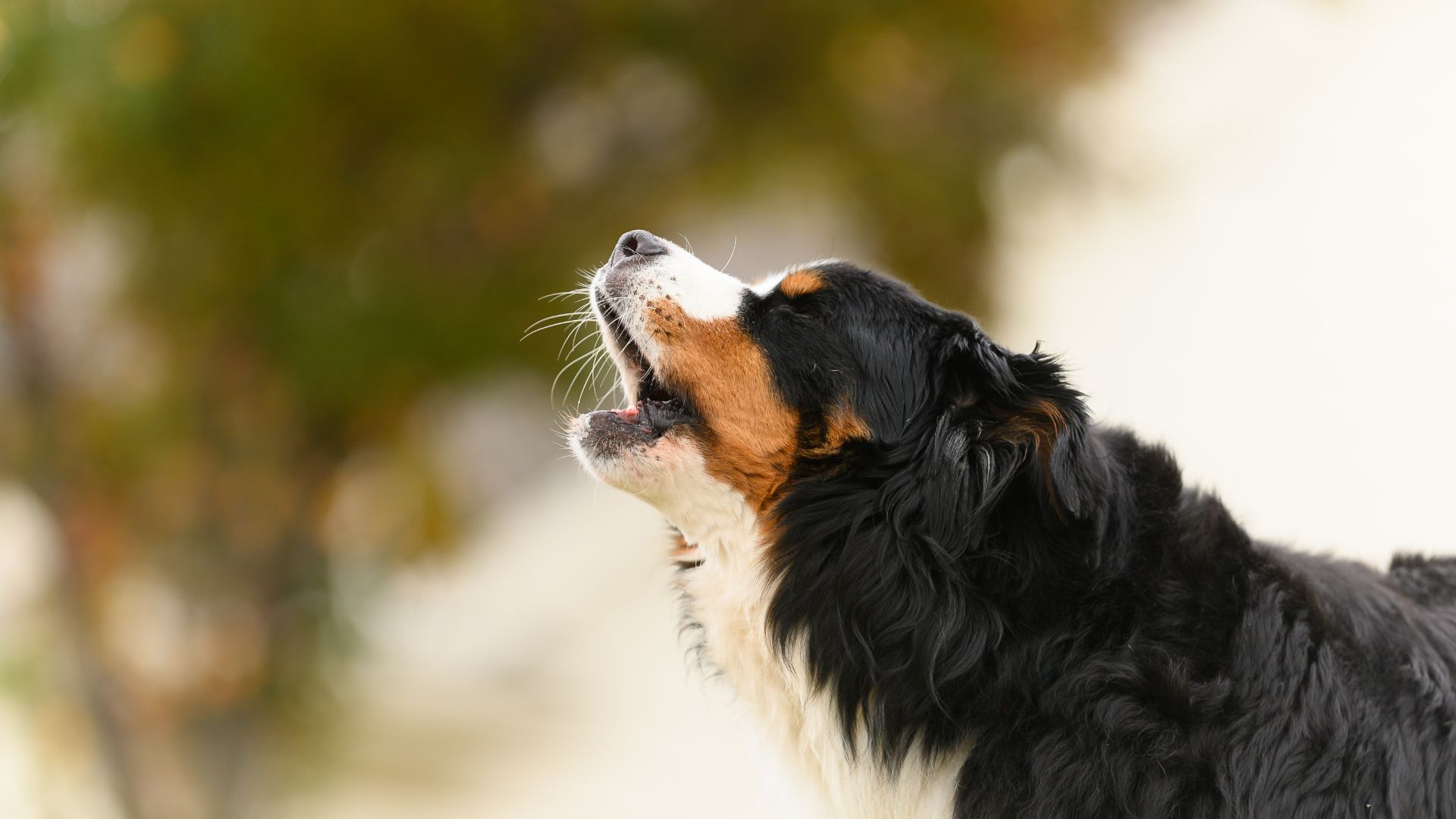
Another option is to teach your dog a command that can be used to stop his barking. For example, you may teach the command “quiet” as a cue to stop barking, or the command “go to your spot” to direct your dog to lay calmly in one of the best dog beds.
If your dog’s barking is an attention-seeking behavior, it’s important to make sure you aren’t reinforcing the behavior. When your dog is barking, make every possible effort to completely ignore it. Don’t yell, don’t make eye contact, and don’t engage in any way. Look away from your dog and leave the room. When your dog stops barking, then you can look at him and give him attention. Over time, most dogs will learn that barking no longer results in attention.
Jumping up during greetings
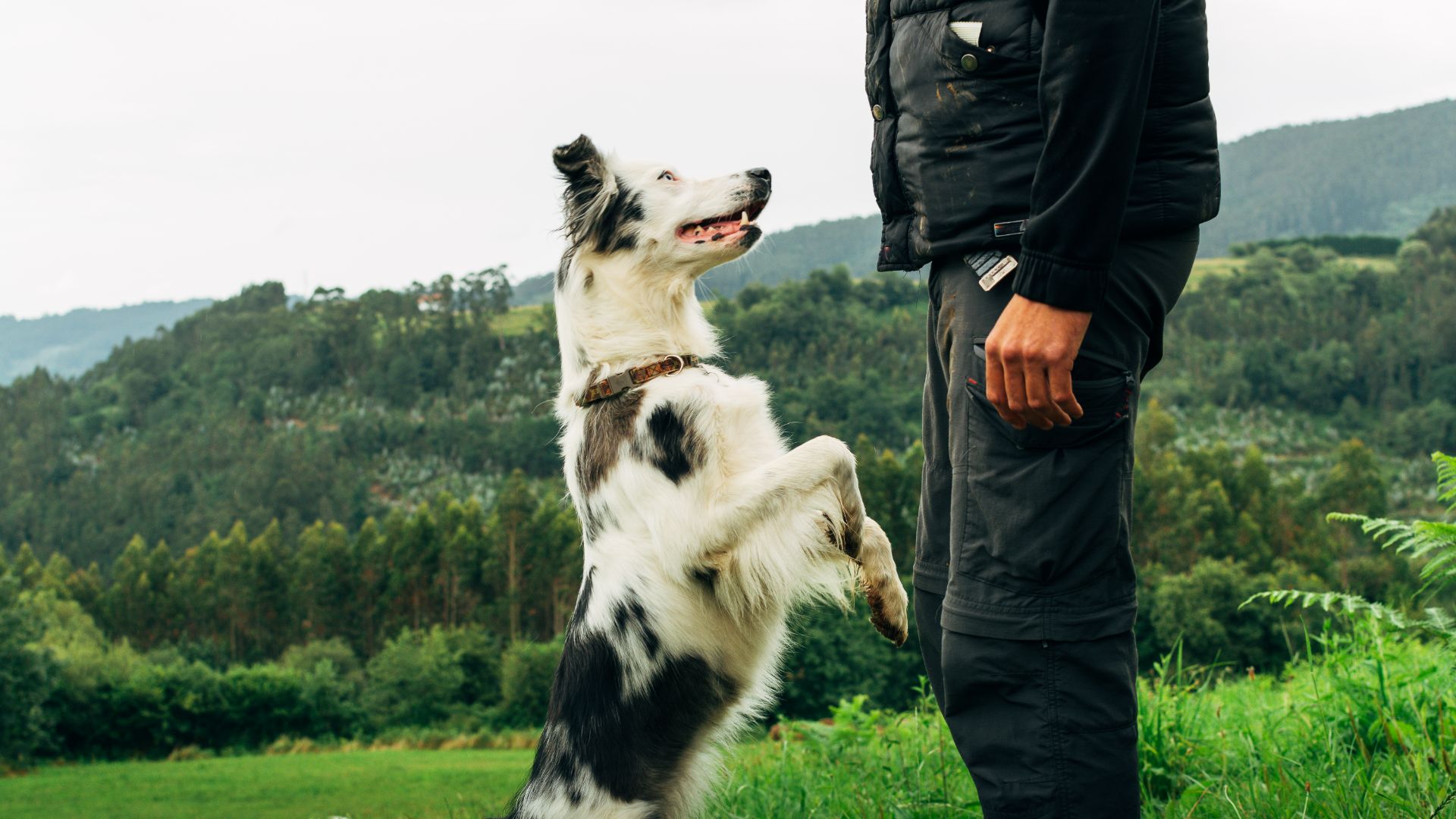
Excited dogs often jump up on people during greetings. Some owners even encourage this behavior when their dog is young, but it’s a habit that can become annoying over time.
You’ve probably heard many different suggestions on how to stop a dog from jumping up, such as raising your knee, grabbing your dog’s paws, or trying to push the dog away. Unfortunately, all of these options seem like attention to your dog, further reinforcing the behavior of jumping up.
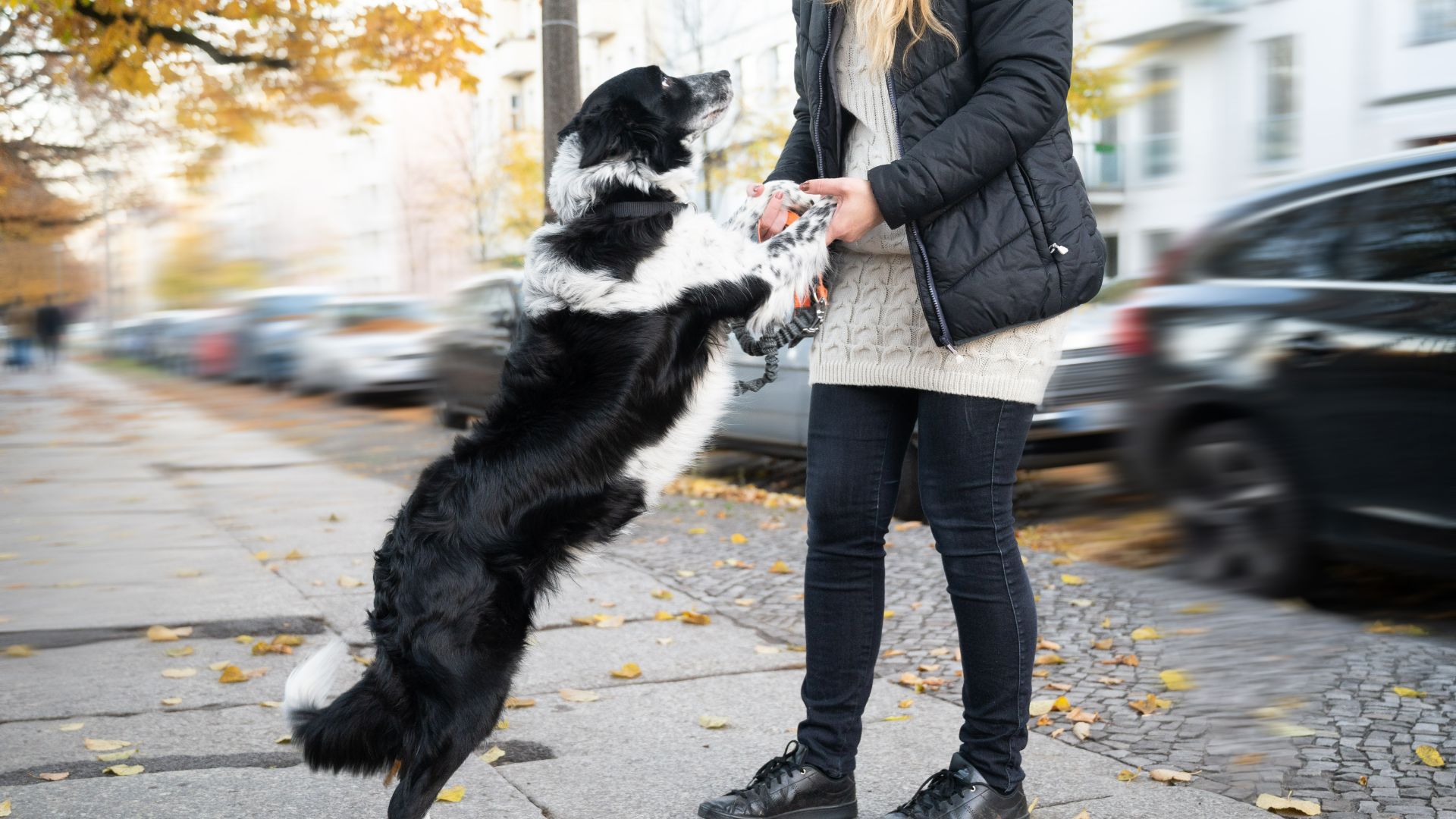
Instead, take a different approach. What does your dog want when he’s jumping up on you? Attention. Therefore, the easiest way to stop this behavior is to ensure that you don’t reward your dog by giving him attention. When your dog jumps up, your goal should be to completely ignore him.
Turn around and walk away, without speaking or making eye contact with your dog. Wait for him to calm down and sit, then reward him with attention. Over time, your dog will learn that jumping results in him being ignored, while calm sitting results in him getting the attention that he wants.
Chewing/destroying household items
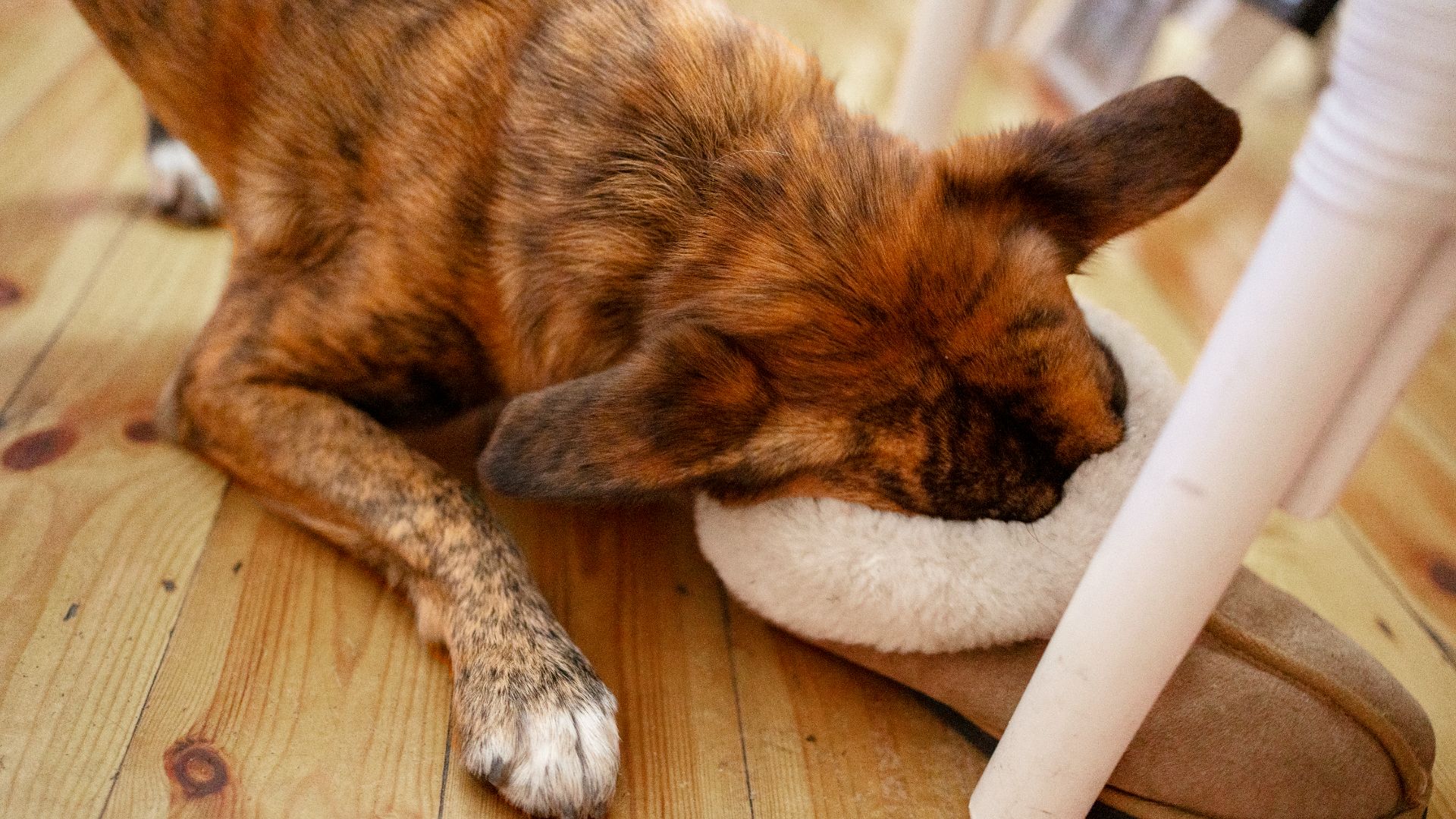
Chewing is a normal dog behavior. If your dog is chewing on your possessions, you need to ask yourself why. If the chewing only occurs when you’re away from home, and is accompanied by signs of separation anxiety, then dealing with separation anxiety will be necessary before the chewing issues will resolve.
If your dog is just demonstrating everyday chewing that happens to involve your shoes or other prized possessions, there are several steps you can take to help. First, move as many items as possible to drawers, closets with closed doors, high shelves, and other inaccessible areas. Next, offer your dog a wide variety of the best dog chew toys, ranging from plastic or nylon bones to edible chews such as rawhides.
Avoid cooked bones and be sure to supervise your dog closely with the chew toys, to ensure that he doesn’t swallow anything that could get lodged in his gastrointestinal tract. Over time, you will begin to determine which chew toys your dog prefers and can offer those regularly. Once your dog consistently chews his toys instead of your belongings, you can probably begin to move your valuables back to the main living area of your home.
Consistency is key
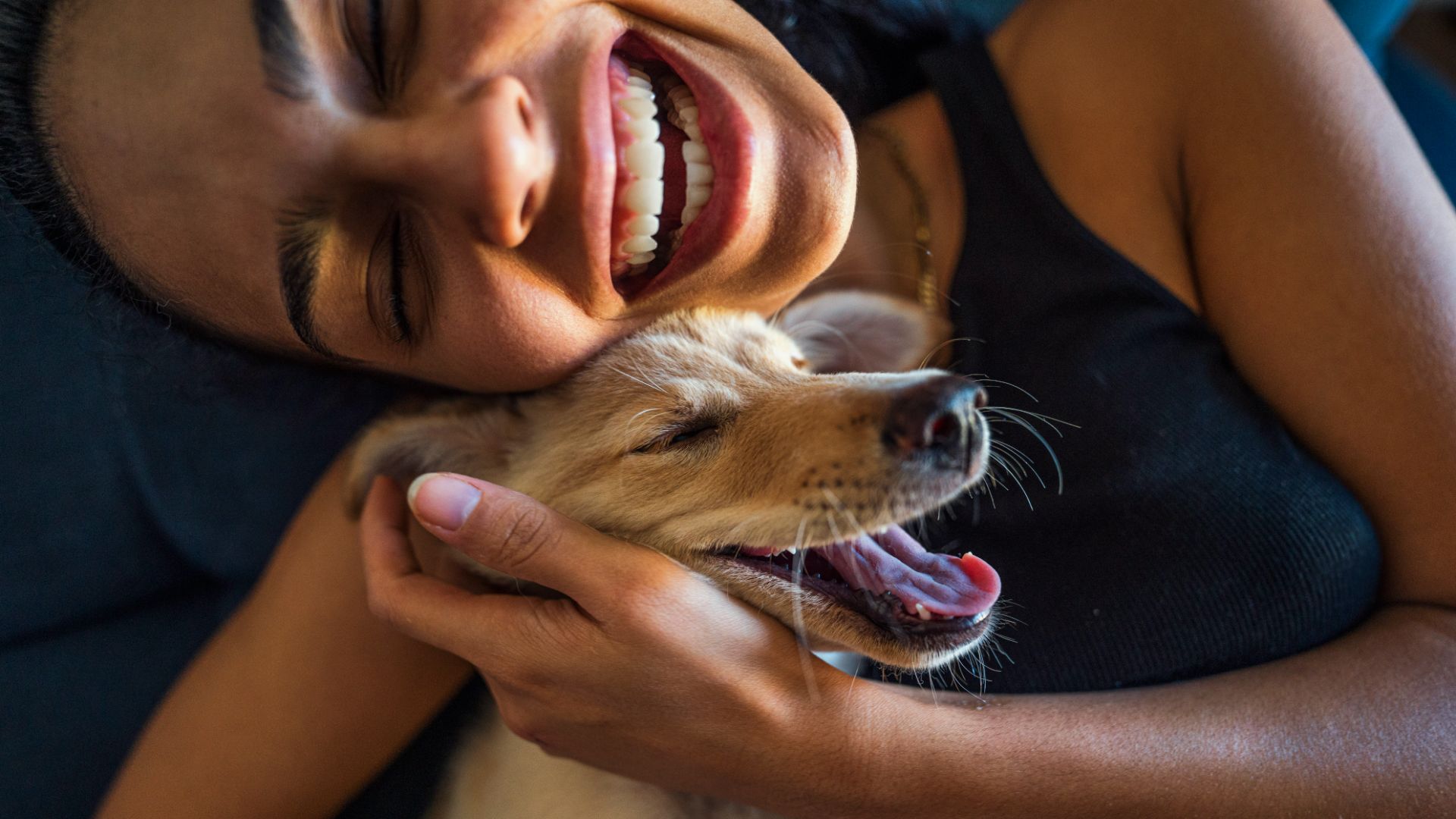
When trying to resolve any behavior problem, from dog aggression to destructive chewing, the key is consistency. Once you have figured out the problem (and its underlying cause, if applicable), you need to come up with a behavior plan that can be consistently enforced by everyone in your household. Consistency is key to correcting your dog’s behavior issues.
Struggling with an aggressive dog? This feature can also help you: My dog had Jekyll and Hyde Syndrome - here's how I managed their emotional response You might also be questioning, 'Are shock collars cruel?'
PetsRadar Newsletter
Get the best advice, tips and top tech for your beloved Pets
Dr. Barnette is a graduate of the University of Florida, where she received both her B.S. in Zoology and her Doctor of Veterinary Medicine (DVM). She has 15 years of clinical experience as a small animal veterinarian, treating dogs, cats, and occasional exotic patients. She now works as a freelance veterinary writer, creating educational content for veterinarians, veterinary team members, and dedicated pet owners. Dr. Barnette lives in southwest Florida with her husband and daughter (plus two cats, a dog, and a rescued dove!) and enjoys kayaking, biking, and hiking. Learn more about Dr. Barnette at www.linkedin.com/in/catherinebarnette.

